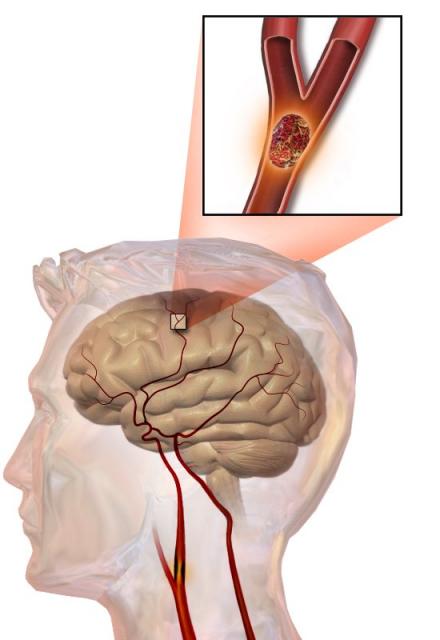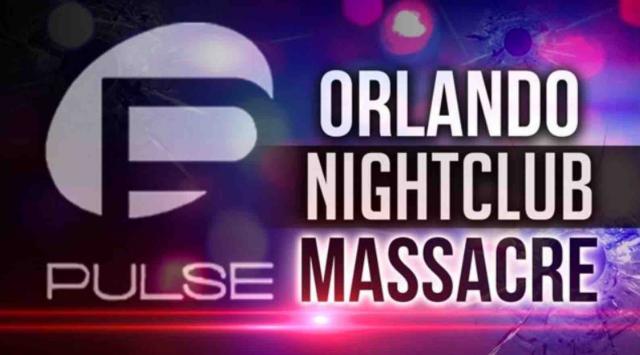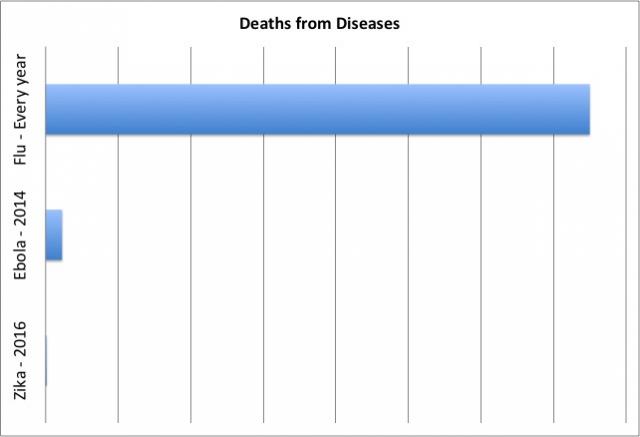As a queer woman, when it comes to film, I fulfill pretty much all of the stereotypes. I don’t really like action films. I am underwhelmed by special effects and action sequences. As my wife once complained, “All the movies you like… nothing happens in them.” My undergraduate thesis was on documentary film theory. I am, absolutely, one of those insufferable film snobs.
I love Black Panther.
Even as I state that, I feel confused. It’s just an action flick, which superficially doesn’t really have much to write home about. The acting was fine. Nothing particularly stand-out, but no cringe-worthy moments either. The action sequences were similar. Fun special effects, but really nothing revolutionary.
But of course, we all know that given the world we live in, Black Panther is so much more. The entire film is like a live-action Kehinde Wiley exhibit and it was just as emotionally powerful.
As you’re introduced to the nation of Wakanda, it’s the first time you’ve ever seen elements of African culture embedded in an empowered society. As if that were how it always was. For once, you’re not given a choice between poverty and beautiful, colorful textiles and armbands. It’s a breath of fresh air when you didn’t even know you were suffocating.
Literally, simply the setting of the film choked up my chest and brought tears to my eyes. My right foot, left arm, and whole face started tingling. Wondering if I was losing circulation, I uncrossed my legs and tried to spread out my arms. Nope. Still tingling. Those images are just that powerful. Cathartic in so many ways, I was saddened when it all came to an end. Never in my lifetime did I think that I would get to witness a white man being called “colonizer” as a joke in a mainstream, Hollywood film. There’s even a token white character who has the refreshing role of taking orders and being willing to sacrifice his life in pursuit of the greater good!
As I sat there, reveling in the images, I couldn’t help but yearn for my own version. I thought, it would be so incredible to see an Asian movie like this!
Like any good action film, it plays with larger philosophical issues in between stunts and guns. The eternal debate between liberation by “any means necessary” and non-violence is the crux of the conflict in the film. I appreciated the poignancy of N’Jadaka’s character, played by Michael B. Jordan, illustrating intergenerational trauma. It reminds us that even if we were able to miraculously stop the pervasive mass incarceration and over-policing of Black communities tomorrow, the psychological impacts would exist for generations to come.
But a third of the way through the film, I still couldn’t help but wonder to myself: “Don’t men know how to do anything besides fight and wage civil wars?” The entire conflict, climax, and resolution of the movie revolve around a battle for the throne from two men in the royal bloodline. The king is dead and the privileged but kind-hearted and wise son, T’Challa, played by Chadwick Boseman, takes his place. Just as this happens an unknown son of the bloodline, N’Jadaka (aka Erik “Killmonger” Stevens), resurfaces after being abandoned in the slums of Oakland, CA. 









